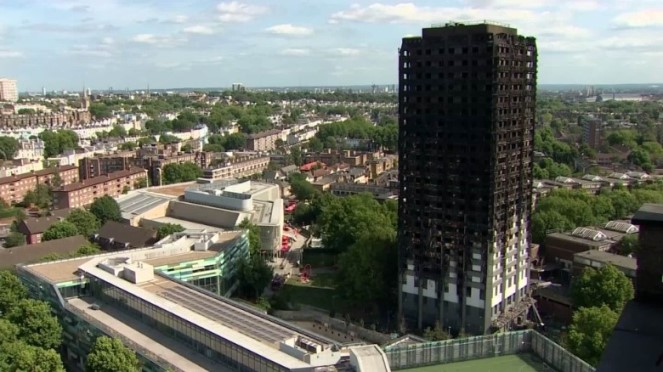- adidas velcro sneaker for kids shoes boys size 1
- AspennigeriaShops , 5 Best Adidas Classic Trainers in 2024 , jam tangan adidas sport original
- IetpShops , adidas Running Spring/Summer 2010 Preview Oscillate & Regulate , Tênis Adidas Originals Nmdr1 Preto Branco
- nike sb varsity red dunks black and blue white
- Nike’s Heidi O’Neill On Investments During COVID, Nike Training Icon Clash Dry Podkoszulek z logo Swoosh w panterkę, Zapping Zoom Fatigue – Mindarie-wa News
- Travis Scott Air Jordan 1 High OG CD4487 100 Release Date Price
- Air Jordan 1 Blue Chill Womens CD0461 401 Release Date 4
- air jordan 4 og fire red DC7770 160 release details price
- nike air force 1 boot cordura black wheat university gold do6702 001
- nike air force 1 low white gold dc2181 100 release date info
- Home
- News and analysis
- Info hubs
- Events
- Video
- Case Studies
- About us
- Magazine
- Advertising
Produced for the industry by the Association for Consultancy and Engineering
Analysis
PI insurers increasingly concerned over cladding and fire safety

Following the Grenfell Tower tragedy, issues relating to cladding and fire safety in general have become a concern for professional indemnity (PI) insurers. Peter London assess the situation.
Post Grenfell, many PI insurers in the construction sector are asking questions of their (prospective) insureds relating to such potential exposures, particularly in relation to buildings over 18 metres tall. Initially the focus was on social housing, though attention has seemingly widened to include other tall buildings, including schools, hospitals and other commercial premises.
Some PI insurers are focussed on matters relating to cladding and fire safety in general, whilst others are asking more specific questions in relation to any projects involving aluminium composite panels.
At this stage the situation surrounding regulations and obligations remains unclear and the landscape is clearly still evolving and we are unlikely to know too much more until the Grenfell Tower Inquiry has concluded its investigations. As a result, PI insurers are still considering their positions pending a full understanding of the facts and issues.
The potential for PI claims in this area is clear (resulting from specification of materials, installation not being in accordance with specification, untested combination of materials used, inadequate supervision etc), and as ever there will be scope for all manner of parties to be brought into a PI dispute, spurious or otherwise.
There will be situations where an employer wants to rectify/improve fire safety and seeks contributions to do so - though whilst this could necessitate a PI notification, ultimately it may prove to be more of a commercial/legal issue, shaped by the extent of the contractual obligations into which the firm has entered.
Of course, how PI insurers will respond to their insured firms who face such exposures will depend on the specifics. Nonetheless, we do envisage a range of plausible responses. At the extreme end, it is not beyond the realms of possibility that an insurer might refuse to renew a PI policy in the event of significant exposure. Equally, we may see no reaction from PI insurers where there is perceived to be little or no exposure. In the event of insurers deeming a firm to be (significantly) exposed, we would think a more likely course of action would entail the application of a higher level of self-insured excess to any potential cladding-related claims.
In addition, PI insurers might look to restrict the cover afforded - perhaps they would look to afford only an aggregate limit of indemnity in respect of cladding exposure, or to ‘sub-limit’ cover afforded to a lower aggregate amount. Some PI insurers have drafted cladding-related exclusions (some of which would serve to exclude liability in any way involving the combustibility or fire performance of any cladding system), and the application of these is a possibility for those firms with a (significant) exposure.

Given the continued attention from PI insurers to date, it seems prudent for firms to review their involvement in any projects in which they have had any responsibility for the design, specification, installation of cladding/façade materials, (or where they have supervised/inspected others doing so), and/or where they have had a specific role in relation to fire safety, especially in relation to multi-storey blocks. Such pre-emptive actions could prove valuable come their next PI renewal, or indeed in the event that they are subsequently drawn into any related disputes.
In addition to considering historic projects and any potential issues arising from them, firms should also think about their current projects and their approach to future projects. Are they comfortable that they are undertaking all duties they reasonably feel that they should be, taking into account current focus on these matters and likely tighter regulation to follow? Are they accurately recording such work? Do they feel that their internal procedures and protocols are sufficiently robust? Are they comfortable with the performance and systems of any specialist sub-contractors they are engaging for such work? Are they comfortable with the extent of contractual liabilities into which they enter? This is by no means an exhaustive list of considerations, but should provide some food for thought.
A firm which has been involved in the design/specification/installation of cladding/fire safety systems, or which has been involved in the supervision of such projects does not automatically need to notify their PI insurers of potential claims to follow.
Evidently, if an internal audit highlights any concerns about a specific project then they should talk to their broker to determine whether a precautionary claim notification to their PI insurers should be made. Similarly, if a client or other third party queries their role in relation to cladding/fire safety on a project, or a project’s compliance with Building Regulations or other guidelines, and if after any subsequent internal consideration, they have any concerns, they should talk to their PI broker. Other than the specific project details itself, central to ascertaining what action they should take will be the precise definition of a potential claim circumstance within their PI policy wording. Any definition will need careful consideration.
The key will always boil down to the specifics of the situation, and dialogue with your PI broker in the event of any uncertainty is crucial.
Peter London is a senior account executive - FINEX Global at Willis Towers Watson.





